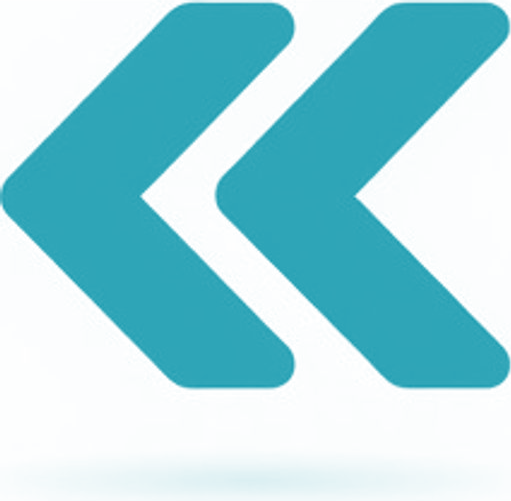
Unlocking the Essential Guide to mHealth Apps: Features, Benefits & Development
Mobile phones have revolutionized healthcare delivery through mHealth apps, creating seamless connections between patients and providers. The market is projected to grow from $32.42 billion in 2023 to $86.37 billion by 2030, with a CAGR of 14.9%.
Key Categories of mHealth Apps:
- Clinical and diagnostic apps for health data collection and analysis
- Remote monitoring apps for virtual patient care
- Productivity apps for healthcare scheduling and efficiency
- Reminder apps for medications and appointments
- Communication apps for virtual consultations
- Prescription management apps
- Mental health and wellness apps
- Chronic disease management apps
- Health education apps
Core Benefits:
- Reduced misdiagnosis risk through digital record keeping
- Easy access to medical reports
- Optimized provider workflow and efficiency
- Remote care access for underserved areas
- Real-time communication between providers and patients
- Streamlined payment processing
Essential Features:
For Users:
- Simple signup and intuitive interface
- Personalization options
- Remote consultation capabilities
- Progress tracking
- Appointment scheduling
- Medication management
For Providers:
- Secure data handling
- EHR integration
- Clinical decision support
- Real-time monitoring
Development Process:
- Identify specific healthcare needs
- Choose deployment platforms
- Partner with experienced developers
- Select monetization approach
- Build and test MVP
- Launch and optimize
Development costs typically range from $45,000-$150,000 depending on features and complexity.
Key Trends:
- Telemedicine integration
- AI/ML capabilities
- Wearable device connectivity
- Blockchain security
- Remote monitoring
- AR/VR applications
- IoMT (Internet of Medical Things)
Success requires addressing challenges like data security, interoperability, user engagement, and regulatory compliance while staying current with emerging technologies and healthcare needs.

